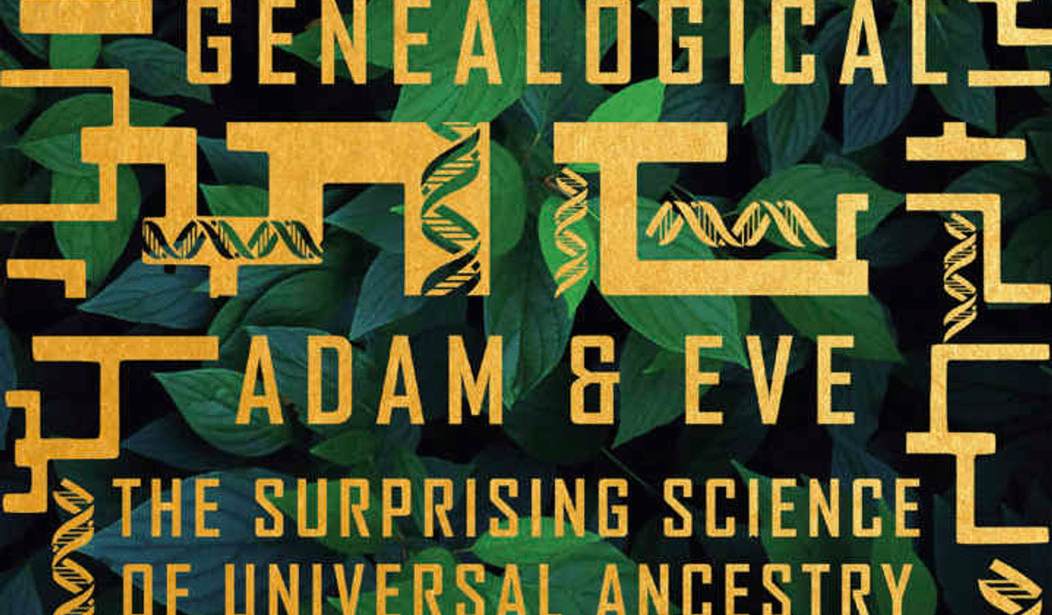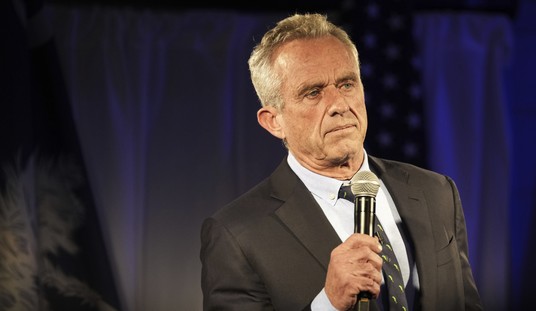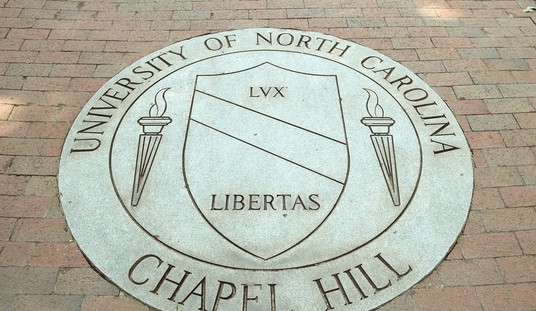Atheists claim that modern genetics has disproven Adam and Eve, but a groundbreaking new book argues that mainstream science is fully compatible with a traditional Christian understanding of universal descent from two people who lived in the not-so-distant past and were uniquely created by God.
“Whatever one believes about Adam and Eve, evolutionary science does not require us to reject the Genesis narrative. Adam and Eve, ancestors of us all, could have lived as recently as six thousand years ago in the Middle East. They could have been de novo created, the first ‘humans’ of Scripture, free of death in a sinless environment,” S. Joshua Swamidass, a professor who holds a Ph.D. in biomedical engineering, writes in his book The Genealogical Adam and Eve: The Surprising Science of Universal Ancestry.
Swamidass, a Christian and an advocate of “peaceful science,” aims to reconcile the apparent conflict between modern science and the Bible. In his book, he argues that genetics and evolutionary theory do not conflict with the existence of Adam and Eve, universal ancestors of all humans whom Jesus died to save. This theory requires two major distinctions: first, ancestry is determined by genealogy, not genetics; and second, humanity is defined in terms of the text of the Bible, not the scientific term homo sapiens.
Modern scientists have discovered the universal genetic ancestors of all men and women today, dubbed “Mitochondrial Eve” and “Y-Chromosomal Adam.” But these could not be the Adam and Eve of scripture. For one thing, they lived thousands of years apart. More importantly, however, while every person living today is genetically descended from them, this is a fluke of genetics.
While modern genetics is both accurate and important, it only captures a small sliver of the story of human ancestry, Swamidass explains. For example, your parents are both 100 percent your parents, but you only get roughly 50 percent of your DNA from each of them. Your grandparents are also fully your genealogical ancestors, but you only get about 25 percent of your DNA from each of them. As you go farther back, you have more genealogical ancestors but each of them contributes less and less to your DNA.
“DNA is a streetlight, revealing a great deal about close relationships between individuals in our immediate genealogical vicinity. DNA is also a telescope, revealing a great deal about ancient relationships between populations. However, DNA’s view into the past comes with tunnel vision,” Swamidass explains. “Genetic ancestry only traces a tiny fraction of genealogical relationships in the past.”
While universal genetic ancestors are rare, universal genealogical ancestors are surprisingly common. “Going back each generation, we have two parents, then four grandparents, then eight great-grandparents; the number of ancestors appears to increase exponentially as we go back. The population size in past generations, however, either stays comparatively constant in much of paleo-history or decreases exponentially over the last ten thousand years.” Overlap is inevitable. Even with “low levels of migration, universal ancestors of all living humans still seem to arise in as few as three thousand years. In some situations, they arise in as few as two thousand years.”
Because DNA fails to capture ancestry, it does not reveal the universal genealogical ancestors — but they still exist and arise relatively quickly. It is a virtual certainty that all human beings alive today share universal ancestry from two individuals living about 6,000 years ago. In fact, Swamidass argues that by 1 A.D., every person on Earth was descended from Adam and Eve, under his model. “At four thousand years, everyone in the Middle East that leaves ancestors is a universal ancestor. It does not take luck or miracles for Adam and Eve, at this point, to be ancestors of everyone.”
So, science cannot disprove Adam and Eve. But some Christians would still object to this model because it relies on Adam and Eve mixing into a pre-existing population. Indeed, Swamidass argues that “Adam and Eve could have been created from the dust and a rib, without parents, and at the same time we all could also share common ancestry with the great apes. These two facts are not in conflict.”
Swamidass argues that Adam and Eve do not have to be the only ancestors of all human beings. In fact, some commentators have suggested that Adam and Eve were analogous to Abraham, whom God selected out of a larger population in order to bless all of humanity. Christianity has also long struggled with a mystery of people outside the Garden of Eden.
“We are not reading evolution into Scripture. Evolution would be progressing in the mystery outside the Garden, outside the view of most theological discourse over the centuries. The two accounts, that of evolutionary science and of Scripture, would be taking place alongside one another, outside each other’s view,” he writes.
Genesis itself hints at the existence of people outside the Garden. “Several hints come from the story of Cain, Abel, Seth, and Enoch. Cain murders his brother Abel. God exiles Cain, and Enoch is born to Cain in exile. Seth is given to replace [Abel]. Then, Adam and Eve have may more children. The details of this narrative trouble any theory that does not include people outside the Garden that did not descend from Adam and Eve,” Swamidass argues. When Cain is exiled, he is afraid he will be killed, he suddenly has a wife, and he builds a city. These events are extremely perplexing if there are no other people besides Adam and Eve living at this point.
If there were people outside the Garden, were they human? Were they made in the image of God? Swamidass acknowledges that these are perplexing questions, and he works toward some answers. Scientists find it difficult to define when exactly human beings first emerged on Earth. However, for the purposes of God’s salvation history, these people outside the Garden are largely irrelevant. The mystery outside the Garden has long perplexed readers of Genesis, and it makes sense to view the books of nature and scripture as telling two different overlapping stories. The Bible does not intend to present an exhaustive account of all history — rather, it focuses on God’s work in the world and the story that leads to salvation. The natural sciences, by contrast, probe history without examining the ultimate questions of meaning and morality.
Swamidass’s book explains how modern science does not conflict with this traditional reading of Genesis, and how evolution could have taken place in the mysterious world not explicitly covered in Genesis. The professor does an excellent job presenting the best arguments from science and the Bible and responding to a wide range of criticism.
The Genealogical Adam and Eve approaches many different audiences fairly and honestly. Swamidass admits he will not convince everyone, but he does a good job taking critics’ concerns seriously. He grew up a young-earth creationist, studied Intelligent Design, and knows the strength of evolutionary theory due to his biomedical training. He defends the inerrancy of scripture and the value of modern science. He has compiled an impressive list of endorsements, from Andy Crouch to Hugh Ross to Sean McDowell to William Lane Craig.
Swamidass’s genealogical hypothesis presents a compelling new way of reconciling not just faith and science, but evolution and the story of Adam and Eve.
For more than a century, many have claimed that traditional Christianity and science are at odds. Christianity has been associated with benighted superstition, while evolution has been associated with Darwinism and atheism. Yet a Christianity which rightly sees nature and scripture as God’s two books — that only appear to conflict because we fail to understand them rightly — can reconcile the limited scientific theory of evolution with the Bible’s most important message of salvation history. Christians invented modern science, after all.
Swamidass’s book does some of the important heavy lifting to bring reconciliation to this apparent conflict. As an old-earth creationist who is open to but skeptical of the theory of evolution, I found this book fascinating and encouraging. I highly recommend it, along with Swamidass’s website, PeacefulScience.org.
Tyler O’Neil is the author of Making Hate Pay: The Corruption of the Southern Poverty Law Center. Follow him on Twitter at @Tyler2ONeil.








Join the conversation as a VIP Member